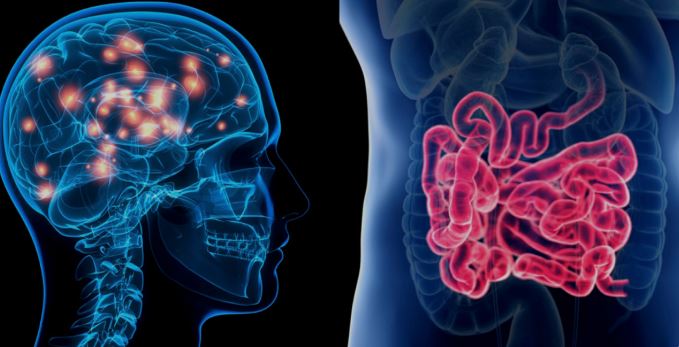Understanding relationship between concept of Agni, Ama and Gut Brain Axis - Contemporary Review
DOI:
https://doi.org/10.21760/jaims.10.1.33Keywords:
Ama, Agni, Gut-Brain-AxisAbstract
Hippocrates of kos, a Greek physician widely regarded as the founder of modern medicine, said that All diseases originate in the gut, “even though acharya Charaka had already emphasized the significance of Agni (the digestive fire) when he said that “the causes of all disease is Mandagni. Due to hypofunction of Jatharagni result into the formation of the Ama. Ama is the improper digestion or partially digestion of the food particle accumulation of Mala in the body and also considered as Prathamdoshadusti”. Gut bacterial flora can impact the physiology of the central nervous system (CNS) and play a significant role in pathological diseases. The Gut microbiota has extensive reciprocal connection with the human brain through microbial metabolites, the vagus nerve, spinal nerve, hormonal & immunological signalling, collectively forming the microbiome gut -brain - axis. Life style factors such as eating junk food, sleep patterns, stress levels, less physical activity, and medication use also influences the gut microbiome. Chronic stress and inadequate sleep can disrupt microbial balance and releases various metabolites. Dysbiosis has been linked to various health conditions, including gastrointestinal disorders, metabolic disease like obesity & diabetes, autoimmune disorders, allergies, and mental health issues such as depression and anxiety etc. Here we discuss about structure and Functions in both entities, which are similar and dissimilar, also whether dysbiosis, microbial metabolite can be considered under Agnidusti and Ama respectively. The present article attempts to understand the relation of Agni, Ama and gut brain axis in pathogenesis of diseases.
Downloads
References
Sharma AK, editor. Sushruta Samhita. Sutra Sthana 15/29. Vol. 1. Varanasi: Chaukambha; 2019. p. 458.
Divya K, Tripathi JS, Tiwari SK. Exploring Novel Concept of Agni and Its Clinical Relevance. Altern Integr Med. 2013;2(8).
Lad VD. Textbook of Ayurveda: Volume 2 - A Complete Guide to Clinical Assessment. Albuquerque, NM: Ayurvedic Press; 2006. [Google Scholar]
Divya K, Tripathi JS, Tiwari SK. Exploring Novel Concept of Agni and Its Clinical Relevance. Altern Integr Med. 2013;2(8). [Google Scholar]
Murthy AR. Rationale of Ayurvedic Psychiatry: Foundational Concepts, Traditional Practices, and Recent Advances. Varanasi: Chaukhambha Orientalia; 2009. [Google Scholar]
Sudo N, Chida Y, Aiba Y. Postnatal microbial colonization programs the hypothalamic-pituitary-adrenal system for stress response in mice. J Physiol. 2004;558(1):263-275.
Radhakanta, editor. Shabdakalpadruma: Volume 1. 3rd ed. Varanasi: Chaukhambha Sanskrit Series Office; 1967. p.
Psyche Scene Hub. The Simplified Guide to the Gut-Brain Axis – How the Gut and the Brain Talk to Each Other. Available from: https://psychscenehub.com/psychinsights/the-simplified-guide-to-the-gut-brain-axis/.Accessed 2021 Feb 2.
Shastry S. Madhavanidana with Madhukosha Sanskrit Commentary by Sri Vijayarakshita and Srikantadatta. Varanasi Sanskrit; 2006. Chapter 6/7-8. pp. 183.
Sharma AK, editor. Kaya Chikitsa. Chap. 9/1. Delhi: Chaukhambha Orientalia; 2009. p. 226.
Sharma AK, editor. Kaya Chikitsa. Chap. 9/1. Delhi: Chaukhambha Orientalia; 2009. p. 231.















